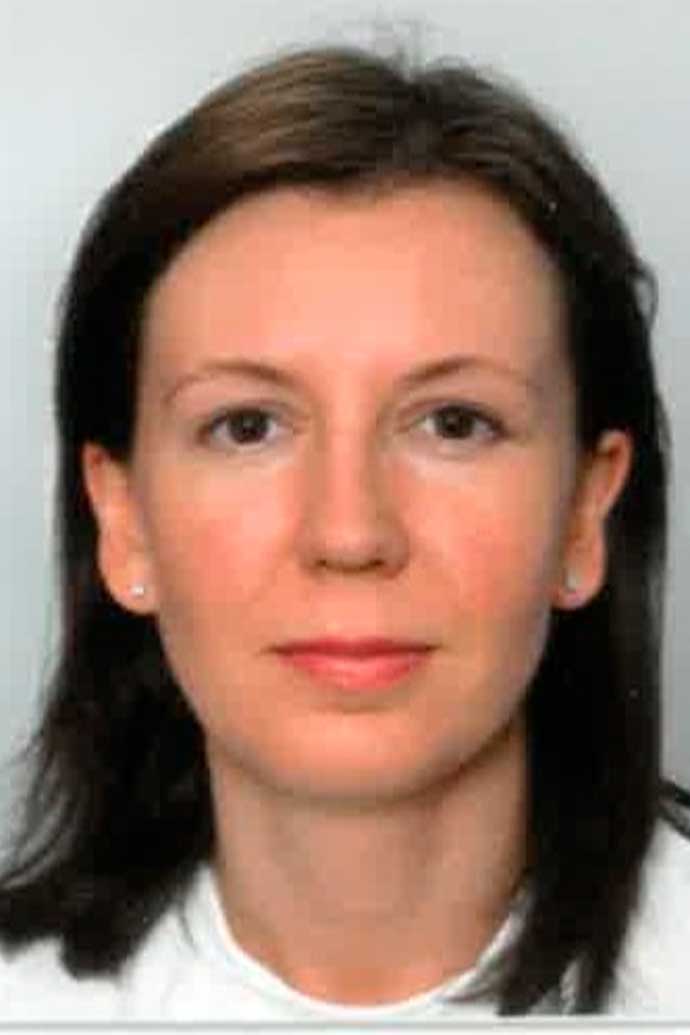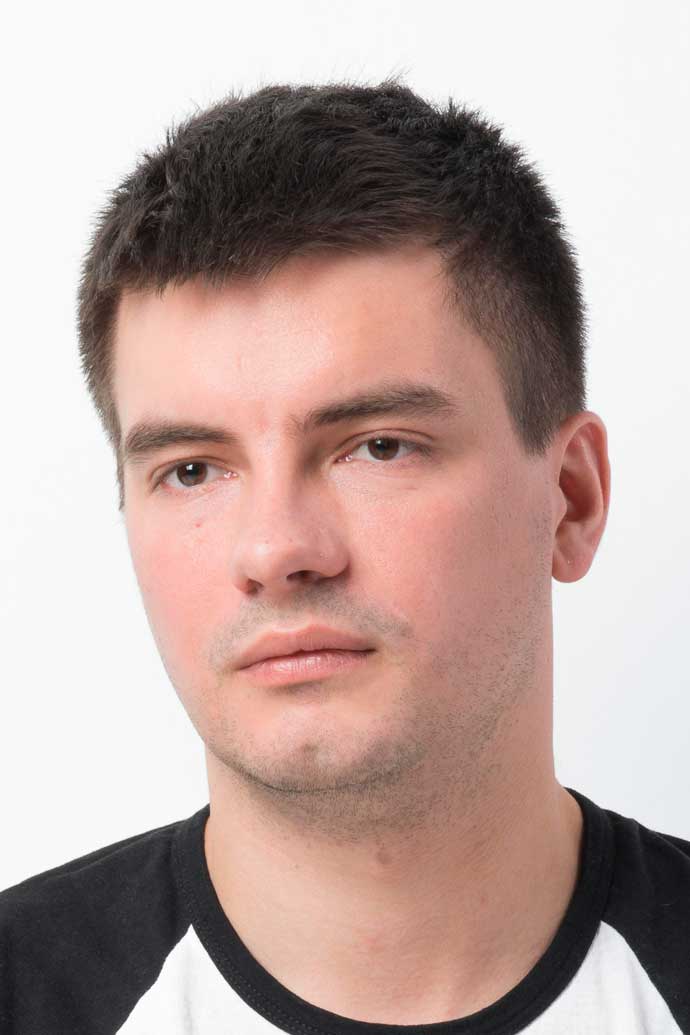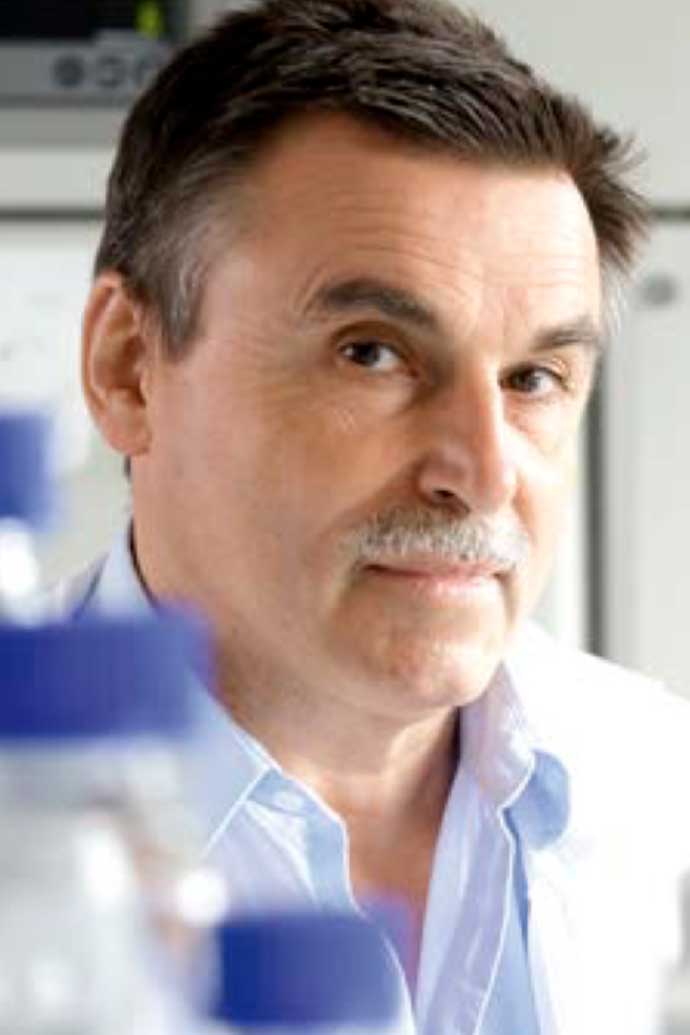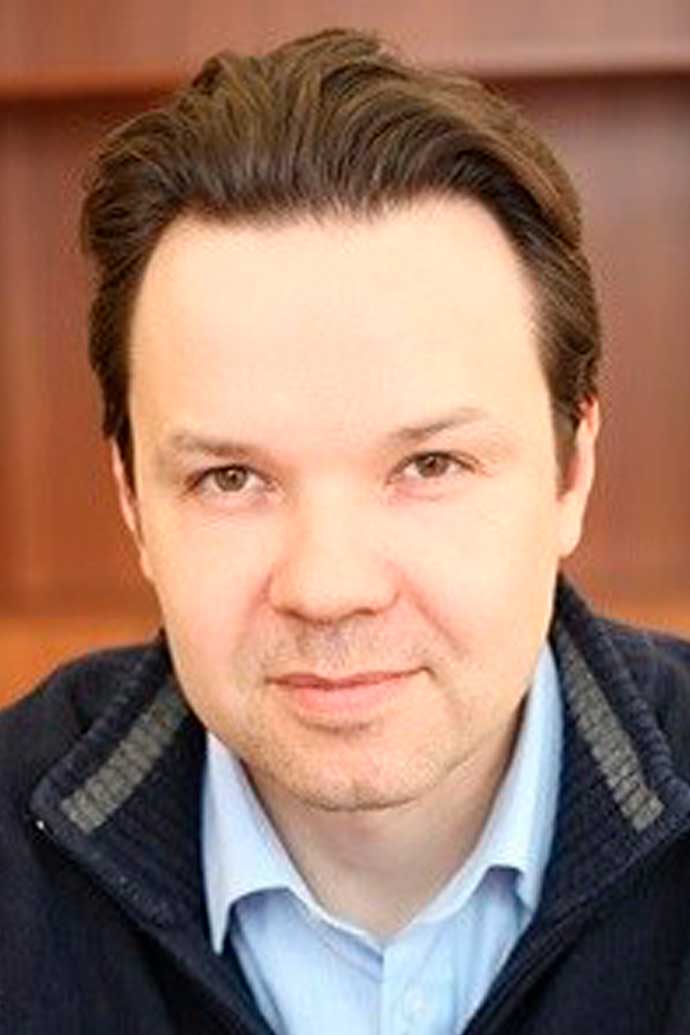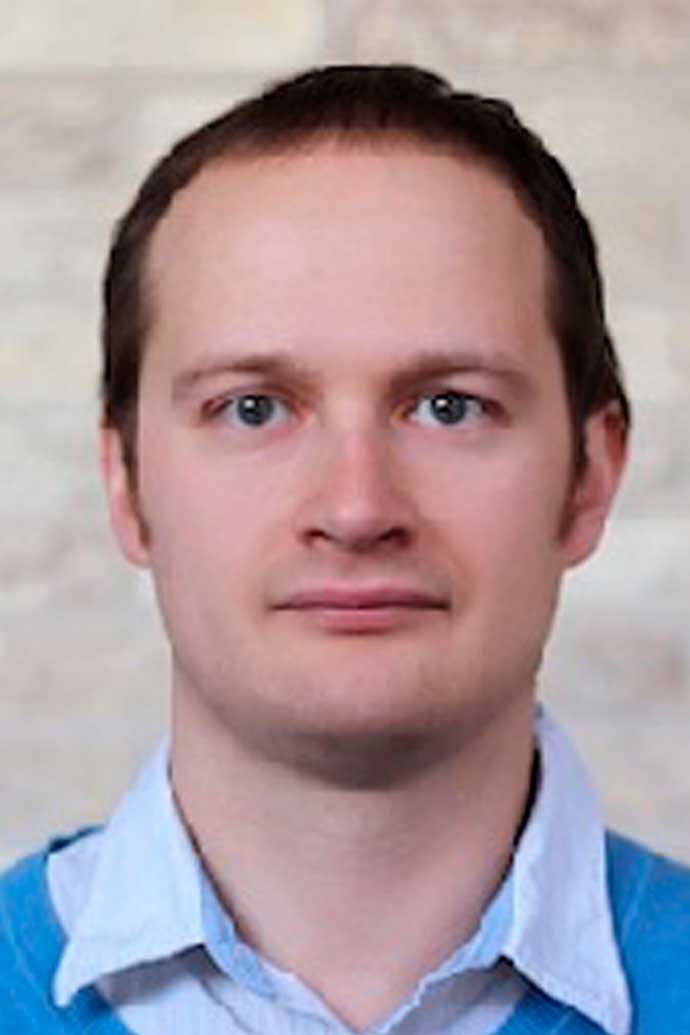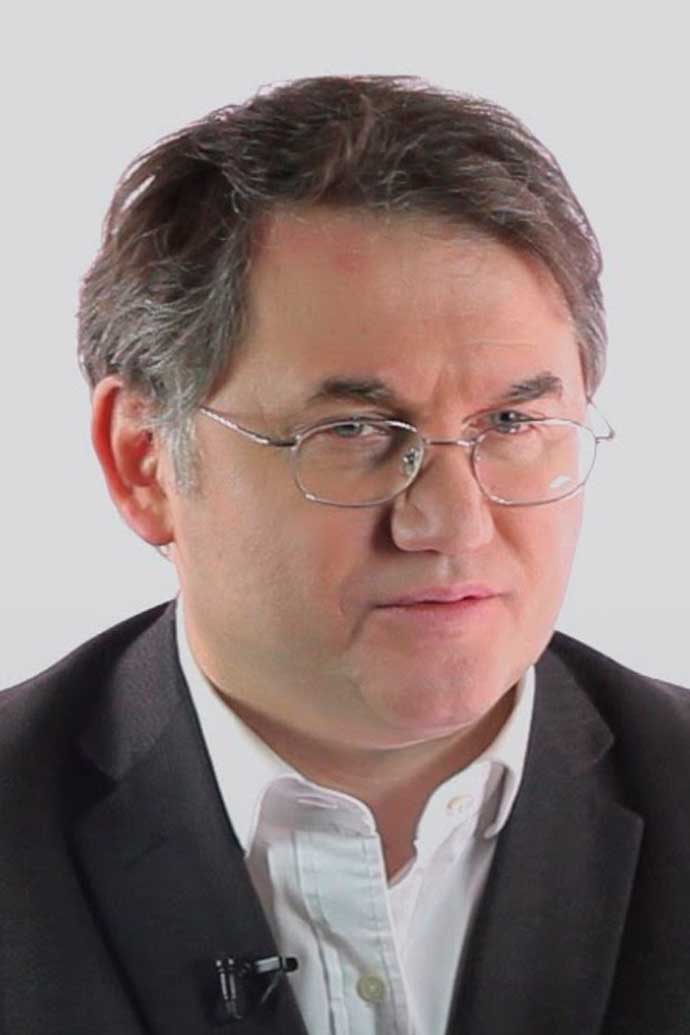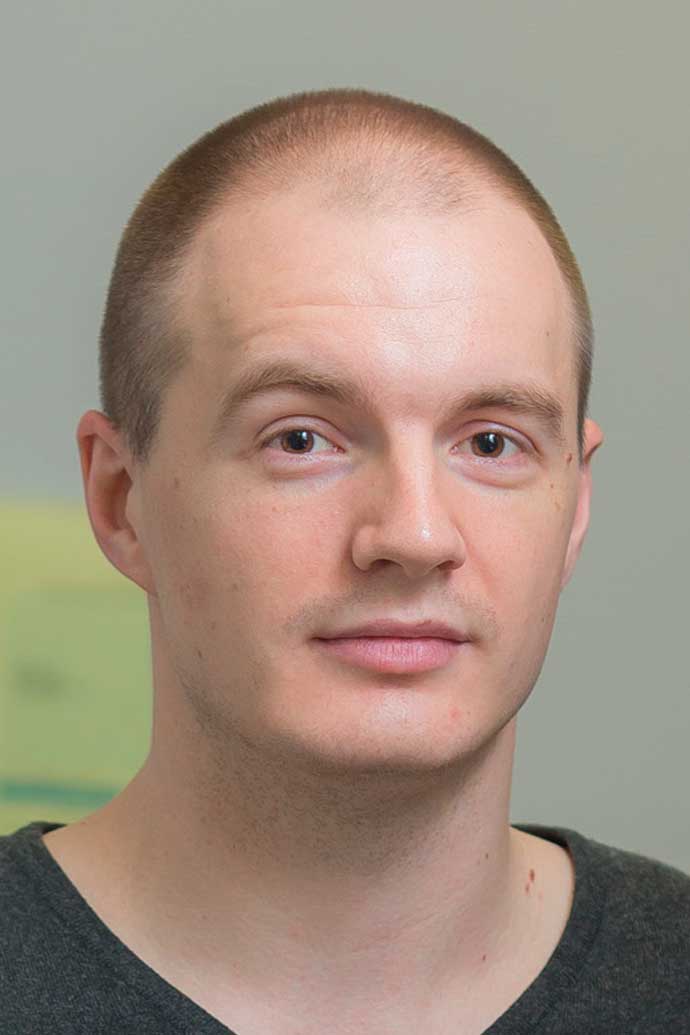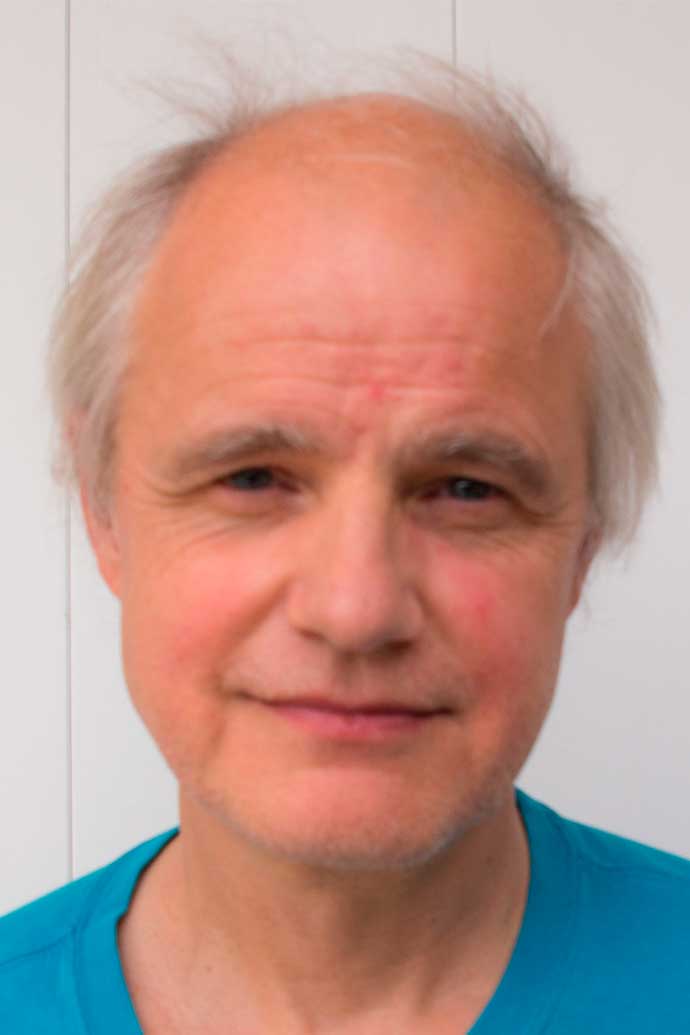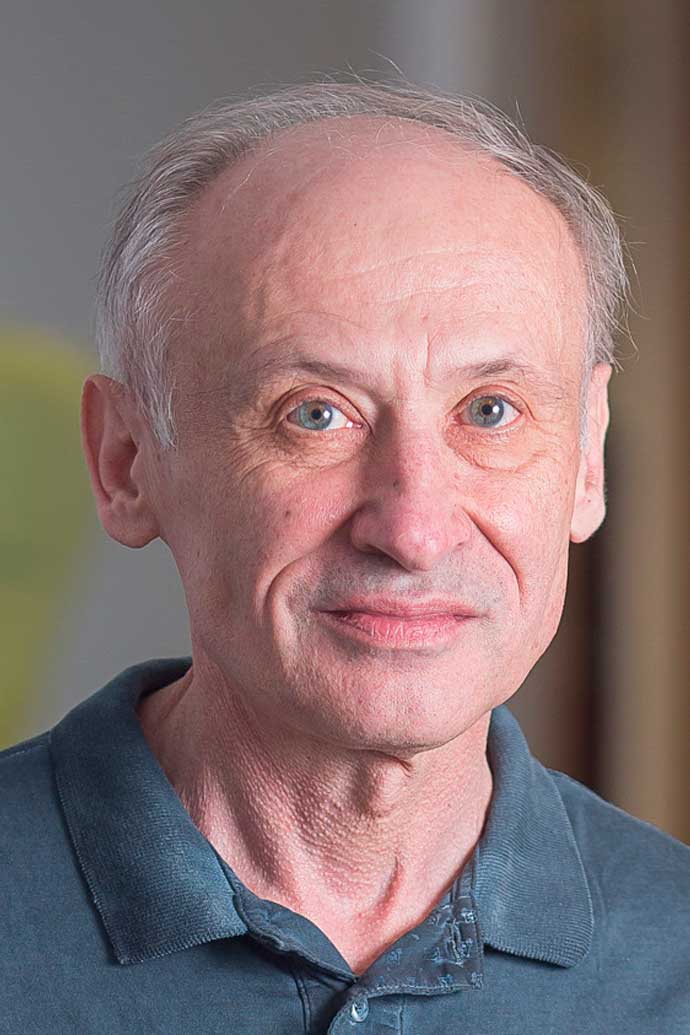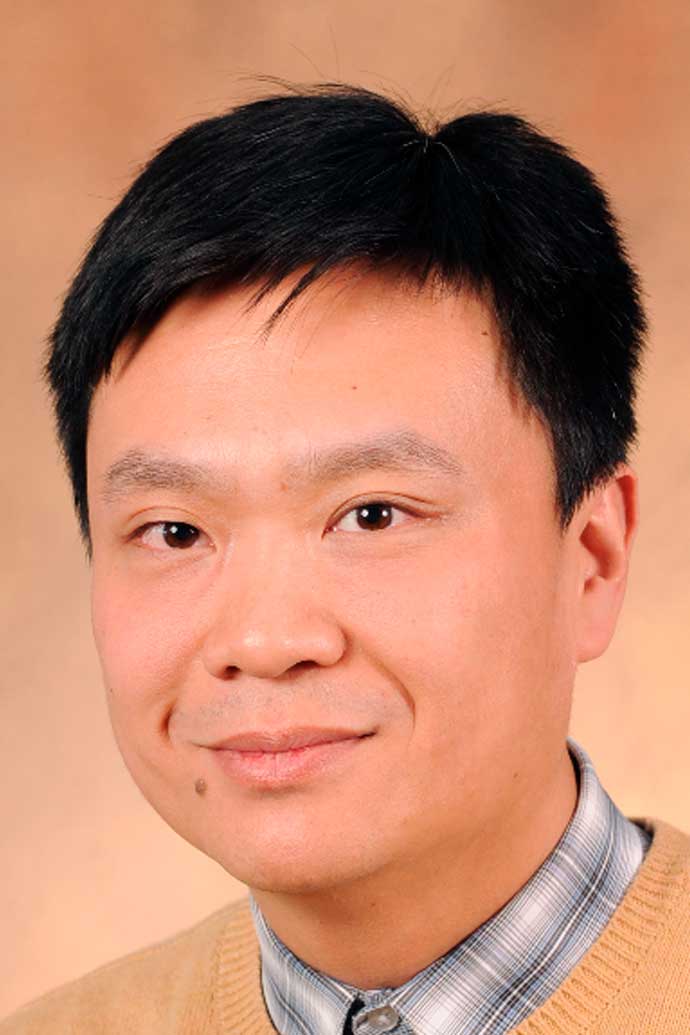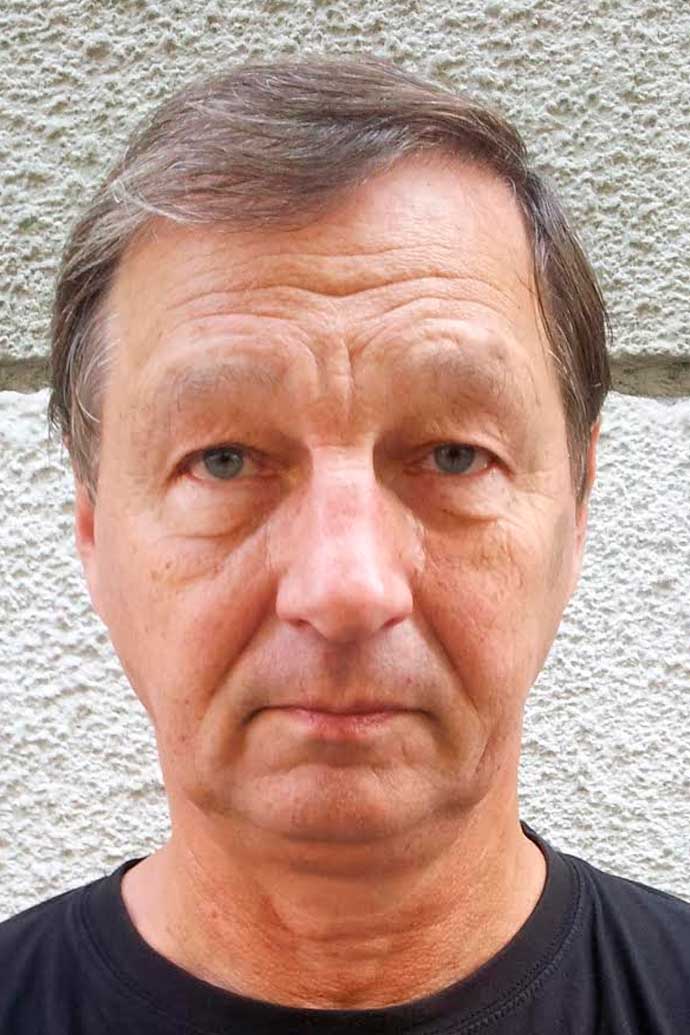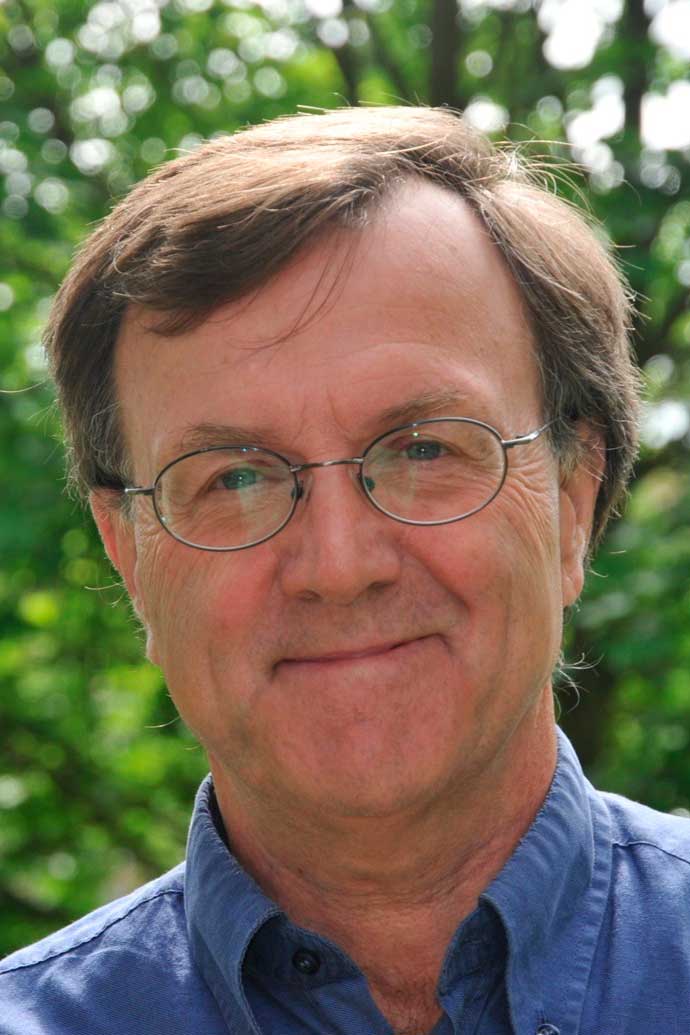Raymond Stevens
Bridge Institute, USC, USA
Raymond Stevens is a professor of molecular biology and chemistry at The Scripps Research Institute in La Jolla, CA where he focuses on understanding the basic principles of neurobiology and developing therapeutics to treat the associated disease states that affect mankind. After growing up in Maine and obtaining his B.A. degree there in 1986, Dr. Stevens obtained his Ph.D. in organic chemistry in 1988 with Professors Robert Bau and George Olah at the University of Southern California and conducted his post-doctoral research in structural biology with Professor William “The Colonel” Lipscomb in the Chemistry Department at Harvard University. Prior to moving to Scripps in 1999, Dr. Stevens was a Professor of Chemistry and Neurobiology at the University of California, Berkeley. Dr. Stevens helped to pioneer the area of high throughput structural biology and has published more than 250 peer reviewed publications in the past 17 years, focusing primarily in the area of structural biology and structure based drug discovery including involvement in the development of TamifluTM for influenza virus, KuvanTM for mild phenylketonuria, Peg-palTM for classical phenylketonuria, and AlogliptinTM for type II diabetes. Dr. Stevens has received numerous awards for his research, including the Sidhu Award (1992), the National Science Foundation's Presidential Young Investigator Award (1994), Beckman Foundation's Young Investigator Award (1994), Lawrence Berkeley Laboratory Outstanding Performance Award (1995), Jouan Robotics Award (2003), and the USC Alumnus of the Year Award (2005). Dr. Stevens has helped to establish multiple NIH PSI/RoadMap Centers at TSRI including the Joint Center for Structural Genomics (JCSG), Joint Center for Innovative Membrane Protein technologies (JCIMPT), and Advanced Technology Center for Gene to 3D Structure (ATCG3D). He has also founded three La Jolla biotech companies, Syrrx (acquired by Takeda), and MemRx (acquired by Chiron/Novartis), and most recently Receptos.




